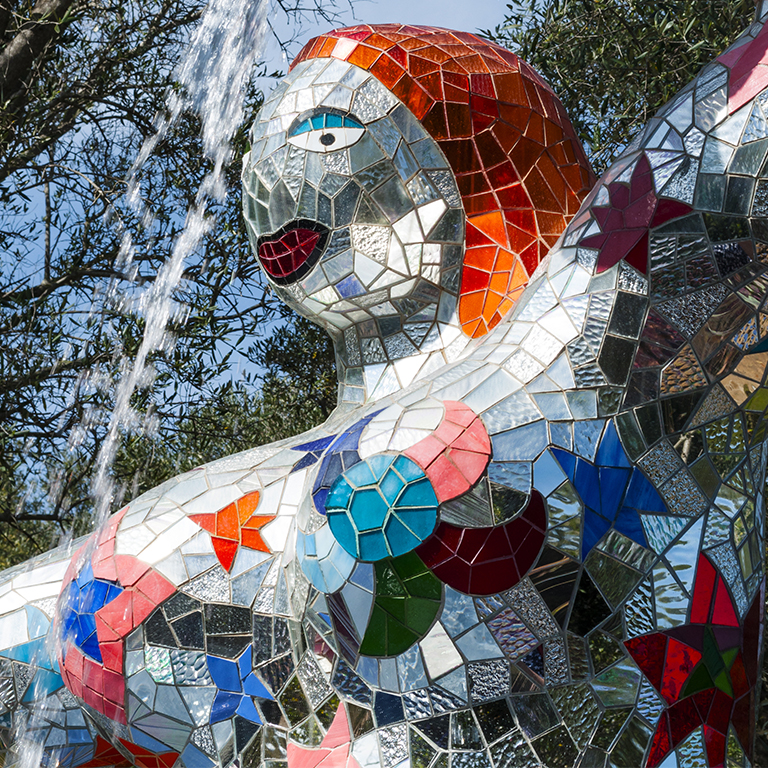Tivoli
Did you know that the word ‘paradise’ comes from the Persian ‘pairidaez’, meaning garden?
Tivoli embodies this meaning perfectly: situated on a verdant hillside, it is lapped by a navigable river that forms a spectacular waterfall and is surrounded by mighty aqueducts that create a breathtaking panorama, along with sulphurous waters and quarries of travertine and tuff. The beauty of nature is intertwined with human work, creating unique and unforgettable experiences.
For the Romans, the garden was the place where fantasy and reality met, becoming a symbol of status: in Imperial Rome, green areas occupied about 450 hectares and the art of gardening reached its zenith in the Villa of the Emperor Hadrian: declared a UNESCO World Heritage Site in 1999, it was built between 118 and 138 A.D. by the Emperor Hadrian, in a lush green area rich in water, which allowed the creation of the lush gardens that still enchant visitors. The Villa extended over an area of at least one hundred and twenty hectares, which also included residential buildings and baths. The various buildings were interconnected not only by surface paths, but also by an underground road network for vehicles and pedestrians. Recently reopened, the small Antiquarium of Hadrian’s Villa contains marvels such as marble steles carved with plant and animal motifs: among the vine shoots, ivy, oak and olive branches, one can see small animals and musical instruments related to the cult of woodland deities.

Another unmissable attraction is Villa d’Este, with its historic architecture and some of the most beautiful Italian gardens in Europe, also a UNESCO World Heritage Site. Built by Ippolito d’Este, son of Lucrezia Borgia, the villa was constructed in the mid-16th century. Although the interiors are splendid, its gardens are a real gem.
Finally, an incredible work of hydraulic engineering: Villa Gregoriana Park. Built to divert the course of the river Aniene and prevent the city from flooding, it became one of the stops on the Grand Tour in the 19th century and inspired many Renaissance artists, also thanks to the natural and other wonders that surround it: the Cascata Grande (with a 120m drop), the Grotta delle Sirene, the Grotta di Nettuno, the Tempio della Sibilla and that of Vesta.
Everything about Tivoli and its surroundings shapes the imagination of a heavenly place rich in history.






